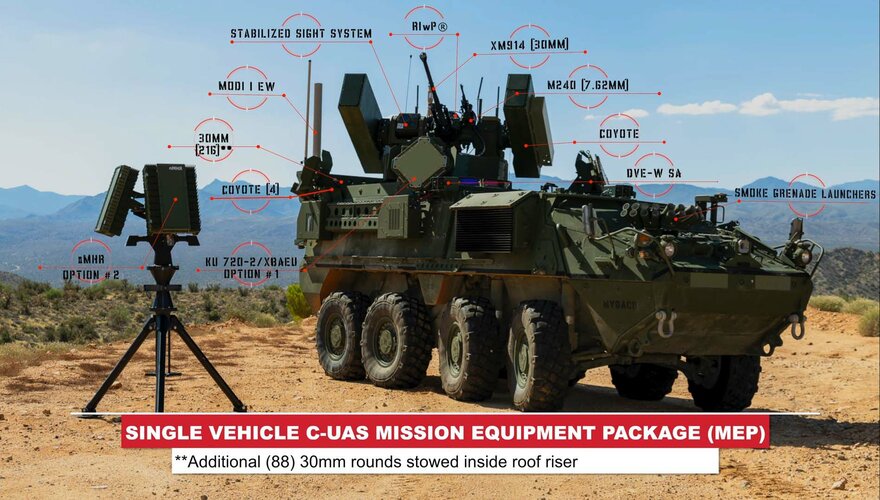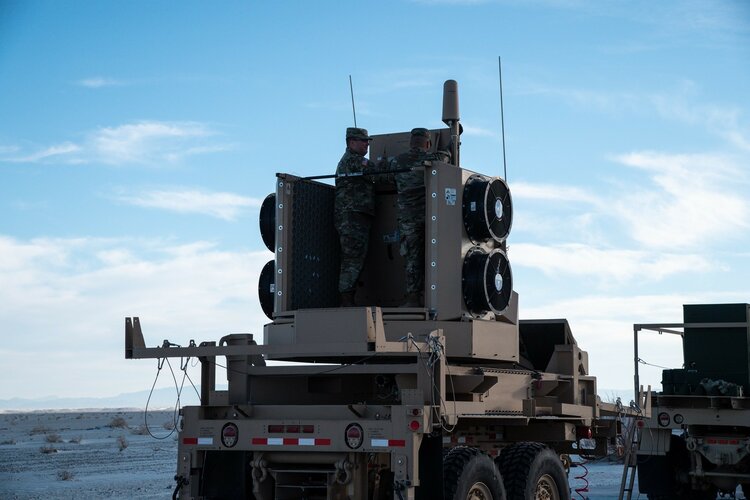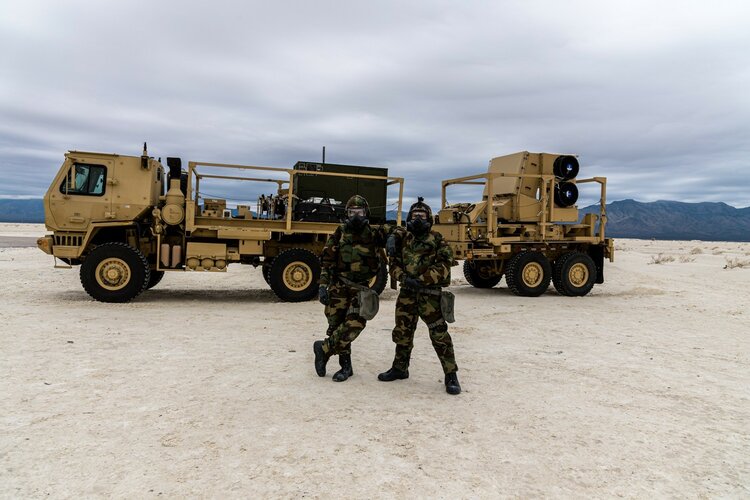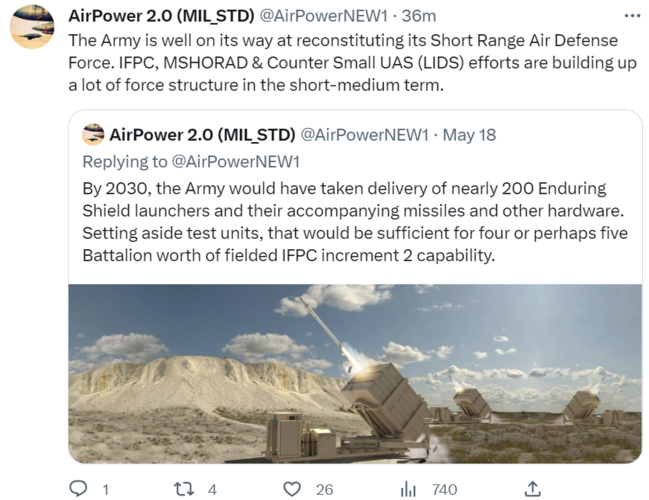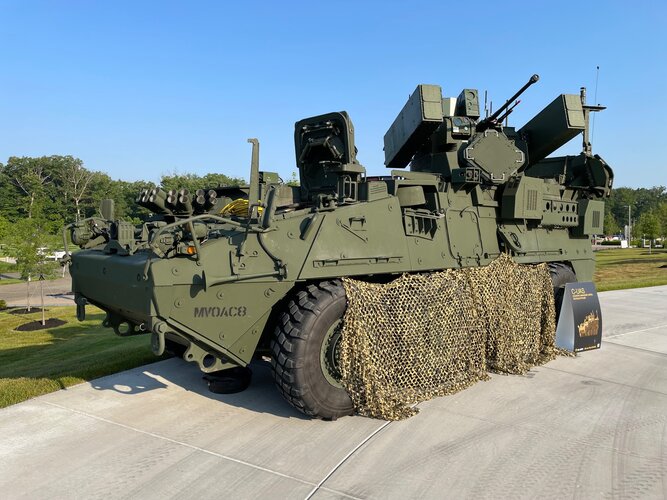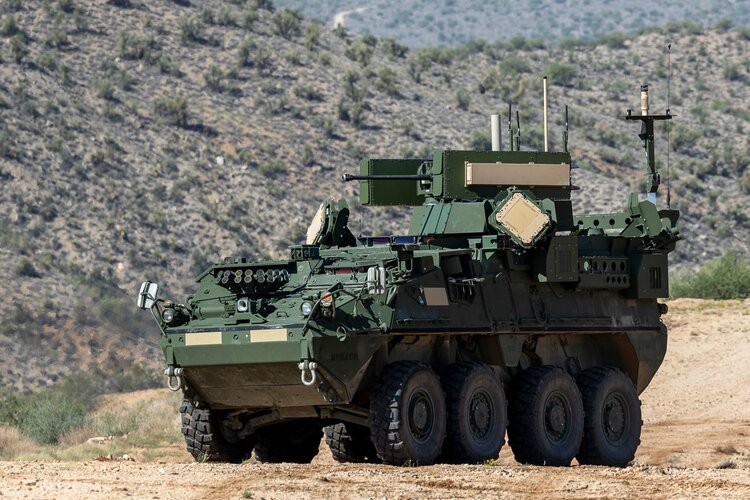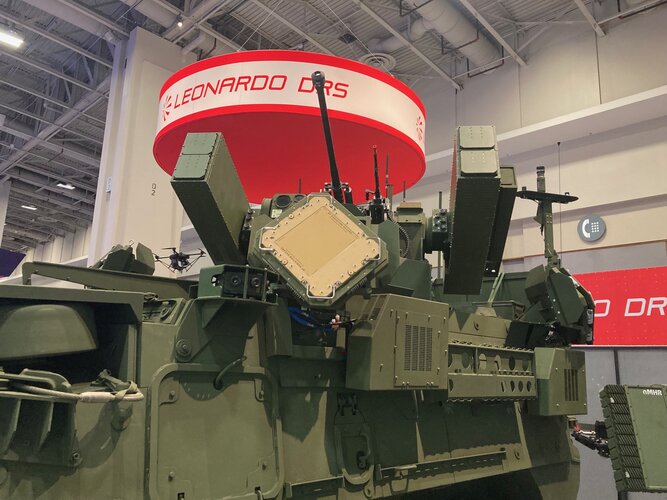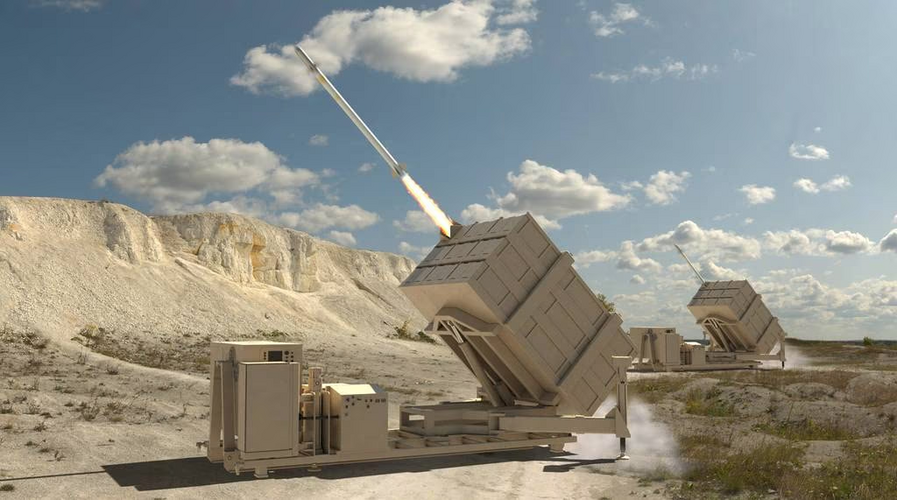jsport
what do you know about surfing Major? you're from-
- Joined
- 27 July 2011
- Messages
- 7,713
- Reaction score
- 5,721

AFRL Test Proves New Method of Air Base Defense With NASAMS Canister - Air & Space Forces Magazine
A "layered" experiment demonstrating the firing of three different missile types from one open-architecture NASAMS for air base defense.
USAF but related




